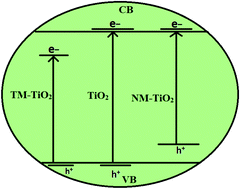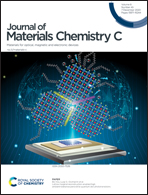Recent advances in graphene oxide and reduced graphene oxide based nanocomposites for the photodegradation of dyes
Abstract
The use of photocatalysts for the degradation of synthetic and organic pollutants, such as dyes and chemicals, has emerged as an effective method for wastewater treatment. In this review, we have focused on photocatalytic materials that are based on two-dimensional carbon nanostructures, like graphene oxide (GO) and reduced graphene oxide (RGO), which possess high levels of oxygen functionalities, large surface areas, and effective adsorption sites. Composites containing GO/RGO show suppressed electron–hole-pair recombination rates and reduced energy gaps due to valence band level (VBL) and conduction band level (CBL) modifications, resulting in the better adsorption of light radiation and enhancement in the photodegradation performance of metal-oxide- and polymer-based composites. This review is the first attempt to comprehensively explore the photocatalytic activity effects upon the loading of GO/RGO with metal-oxide- and polymer-based composites. Moreover, the effects of pH, initial dye concentration, photocatalyst dose, and composite surface charge on effective degradation have also been examined.

- This article is part of the themed collection: Journal of Materials Chemistry C Recent Review Articles


 Please wait while we load your content...
Please wait while we load your content...